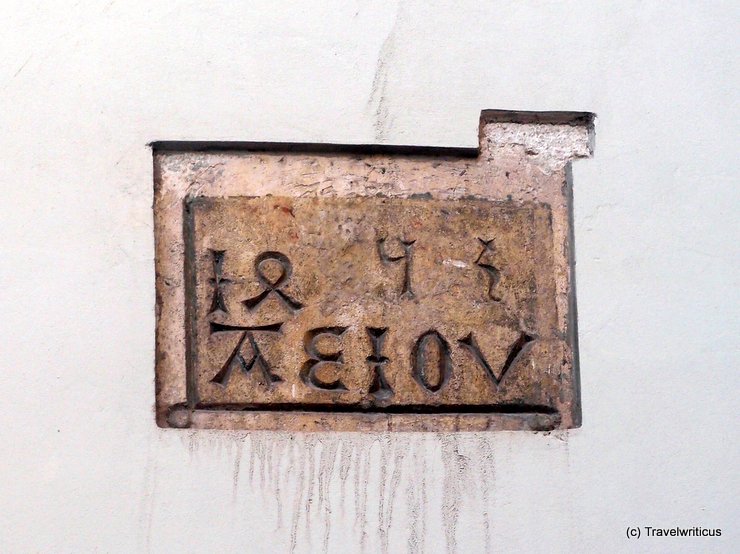
There are a lot of signs in Graz mentioning the string A.E.I.O.U. Habsburg Emperor Frederick III used these vocals to mark his buildings while staying in Graz. The meaning of this string is still unsolved. [German]
You only see what you know (Goethe)

There are a lot of signs in Graz mentioning the string A.E.I.O.U. Habsburg Emperor Frederick III used these vocals to mark his buildings while staying in Graz. The meaning of this string is still unsolved. [German]
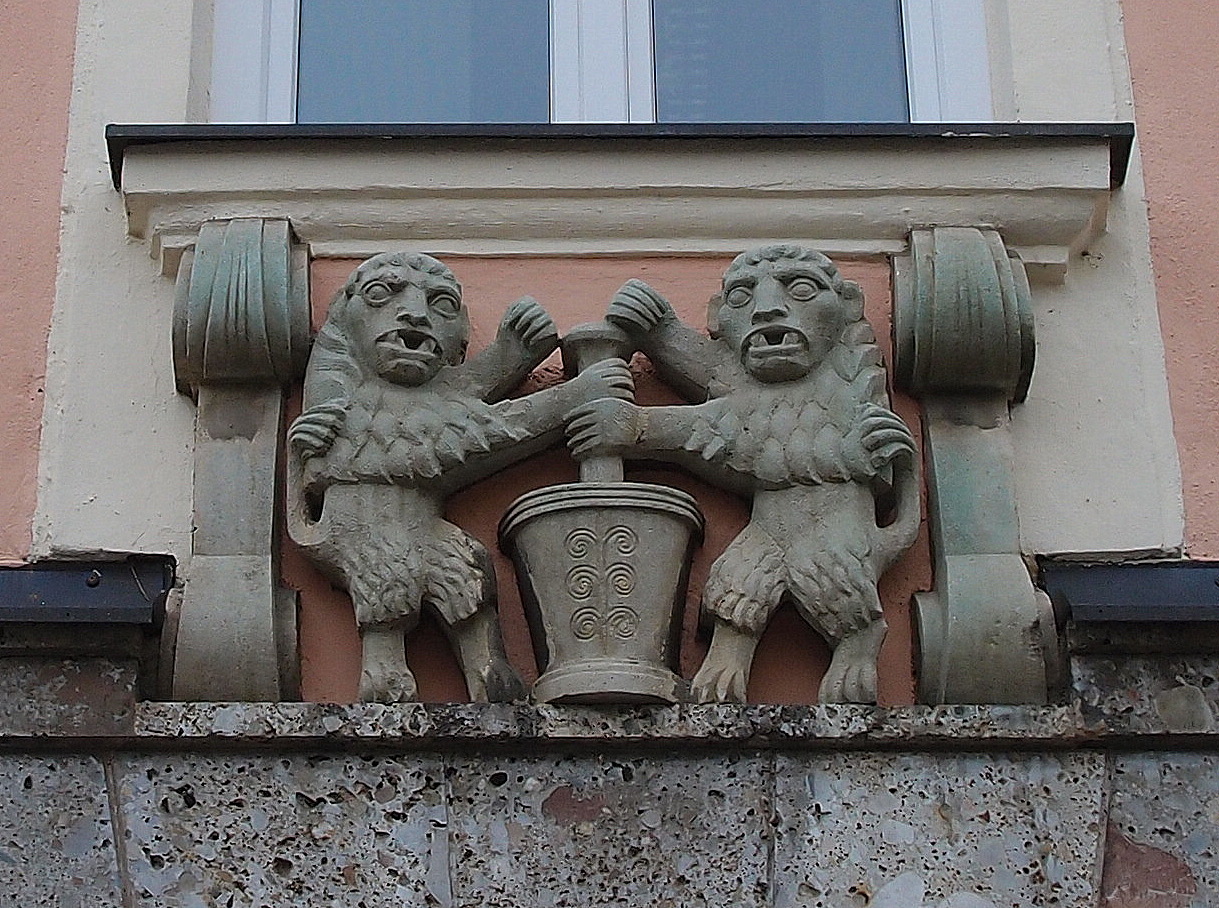
This house sign is located at the former location of the town pharmacy in the building Hauptplatz No. 10. Since 1674, a gingerbread baker has been proved here. A pharmacy started to run in 1841. The house sign dates from the 19th century. [German]
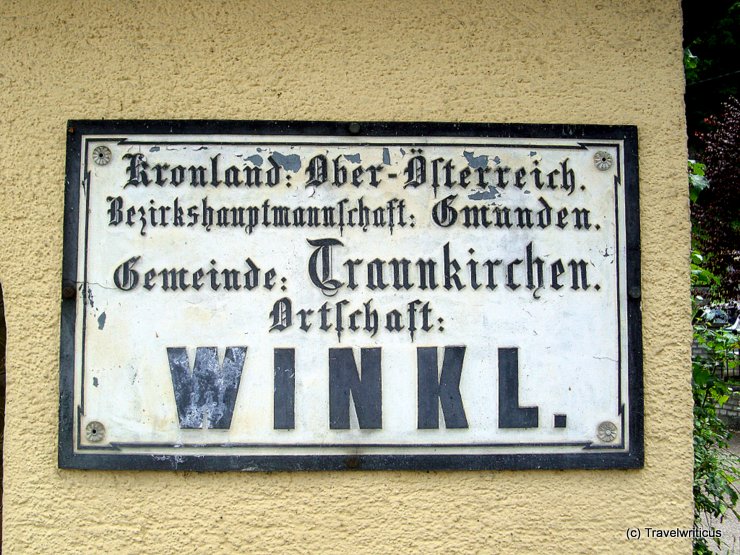
On my walk from the railway station of Traunkirchen to the town centre, I came across this vintage place-name sign. The Austrian State of Upper Austria (Oberösterreich) is still labelled as crown land (Kronland).
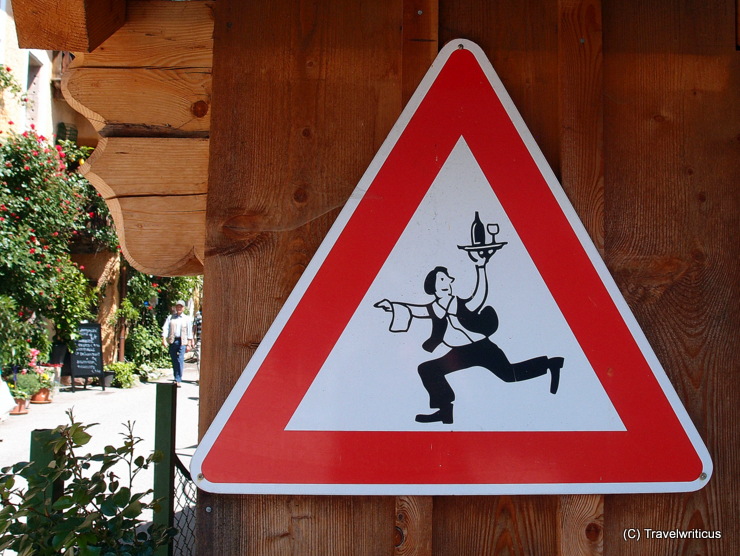
Beware of the dashing garçon! I saw this – probably unofficial – traffic sign in Hallstatt next to the famous Hallstatt Lake. It makes people aware of waitstaff crossing the street. A local restaurant and its open-air seating area occupy different sides of the lane.

This sign stands near a wood with a high squirrel population in Bük. It happens to be that the depiction of a squirrel turns into the mascot for children at the nearby Bükfürdő spa. The name of this very special squirrel is Otto.

You find this house sign on a Renaissance building in Erfurt, generally known as the Haus zum Stockfisch (House to the Stockfish). Today, the building hosts the municipal museum of Erfurt. [German]
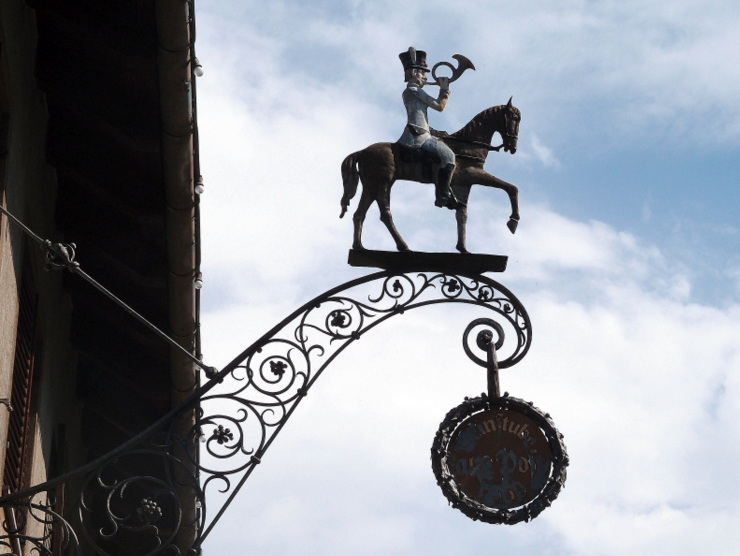
“Trara, die Post ist da!” This line of a German children’s song came to my mind when I saw this inn sign at the “Alte Post” in Dornbirn. The sign showed a postilion. The depiction probably referred to an earlier use of the building as a coaching inn.
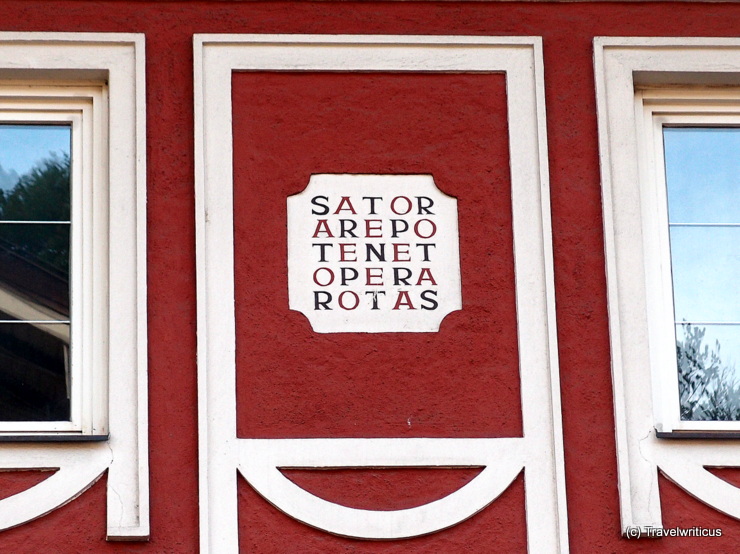
You find this sator square on a facade in Golling an der Salzach. The sator square, aka rotas square, is a palindrome that one can read horizontally and vertically, forward and backwards. The oldest representation of a sator square was found in Pompeii. [German]
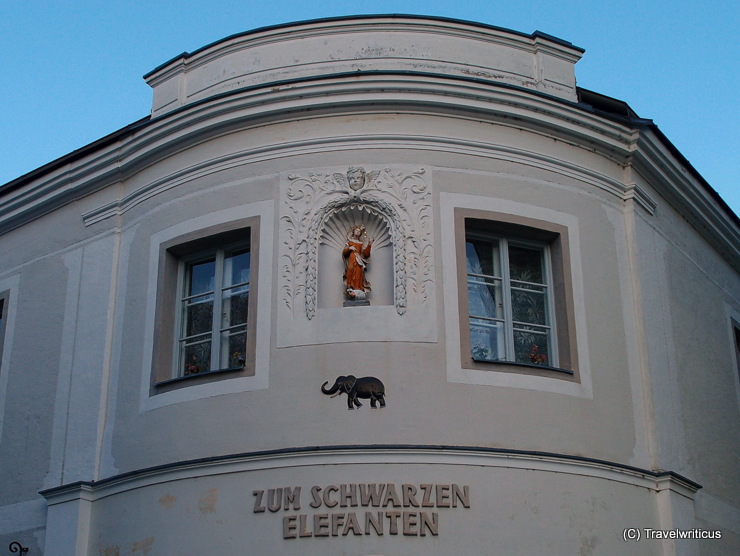
Austria is not a natural home for elephants, leaving aside prehistoric ages. Nevertheless, you often find their depictions on old facades. For example, this inn in Scheibbs has been known as “Zum Schwarzen Elefanten” (Black Elephant Inn) since 1541.
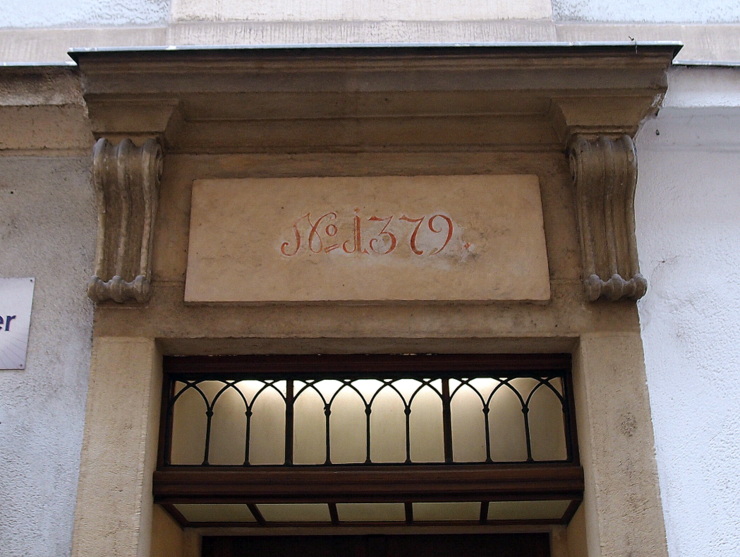
The first official numbering of houses in Vienna was ordered by Maria Theresa in 1770. Following this order, the house numbers were given successively as the houses were built. No street names but numbers from 1 to nonterminating.
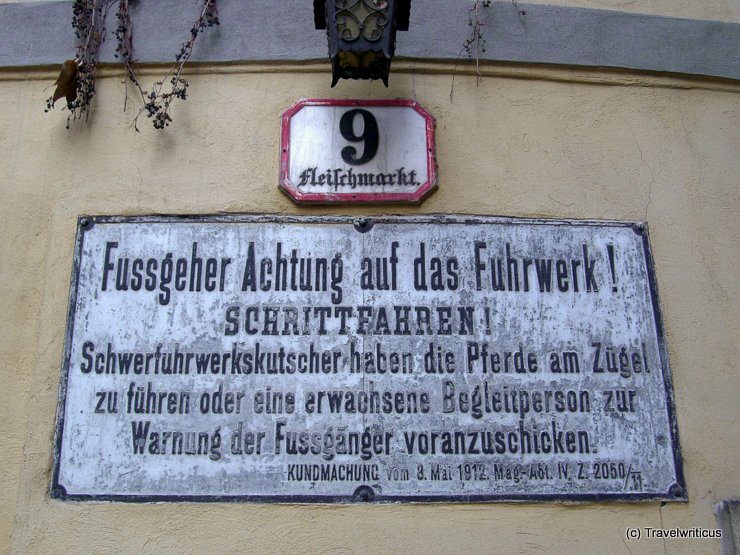
On my walk through Vienna, I came across this sign dating back to 1912. It asked drivers of heavy horse-drawn wagons to walk next to the horses or to send an accompanying person ahead to warn the pedestrians.

The railway station Südbahnhof closed in 2009 forever. Later, I saw the letters placed above the entrance of the Wien Museum. I wonder how many visitors realised the museum was labelled like a railway station.